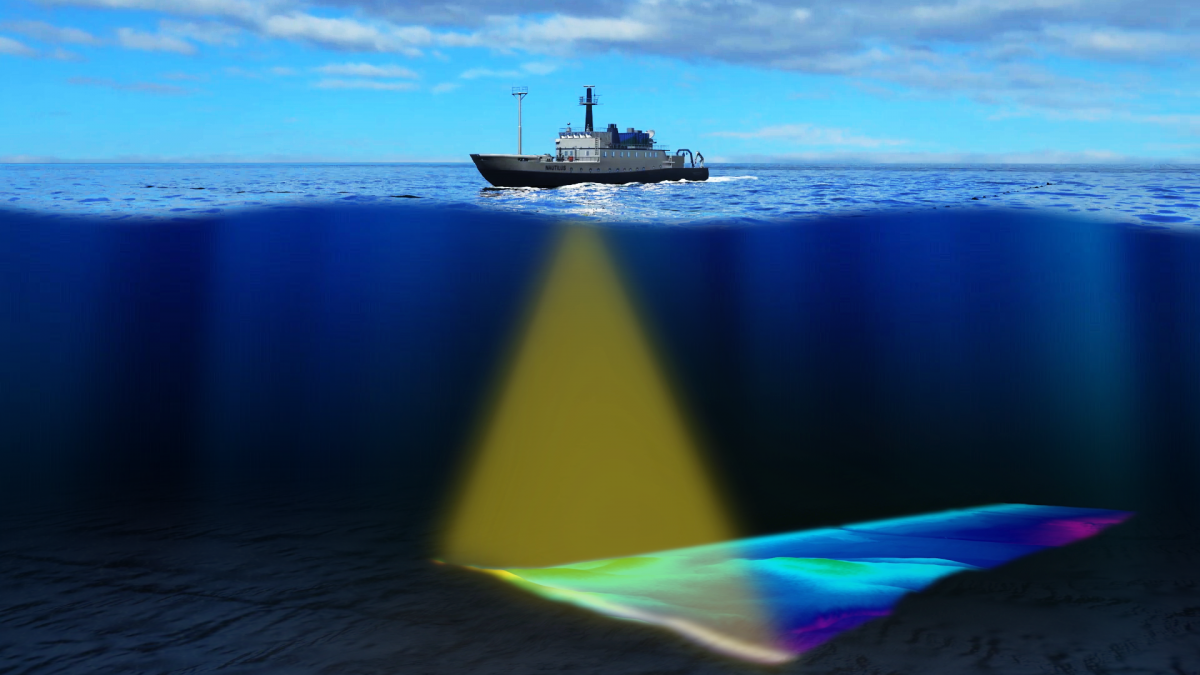ANSI/ASA S3.25 Underwater Acoustic Propagation Loss Testing
The ANSI/ASA S3.25 standard provides a comprehensive framework for measuring propagation loss in underwater acoustic environments, which is critical for the design and optimization of sonar systems, acoustic communication devices, and marine navigation aids.
Propagation loss testing involves quantifying how sound energy diminishes over distance as it travels through water, influenced by factors such as temperature, salinity, depth, and pressure. This standard ensures that equipment performs reliably in various underwater conditions, which is essential for industries relying on accurate acoustic information—such as defense, maritime, and environmental monitoring.
The testing process typically begins with the preparation of a calibrated sound source and receiver, both designed to meet the stringent requirements outlined in ANSI/ASA S3.25. Specimens are deployed in controlled water tanks or simulated environments that mimic real-world conditions. This allows for precise measurement under defined parameters like frequency, depth, and environmental variables.
Instrumentation used includes hydrophones and transducers capable of accurately capturing sound waves at specified frequencies. These instruments are calibrated against known standards to ensure accurate data collection. The testing protocol involves emitting a sound pulse from the source and measuring its intensity at different distances using the receiver. This process is repeated under various conditions to account for environmental variables.
The resulting data is analyzed to determine the propagation loss, which is then used to refine equipment performance. Compliance with ANSI/ASA S3.25 ensures that products meet industry standards and can be relied upon in critical applications. The standard also facilitates comparisons between different systems, promoting interoperability across platforms.
The importance of this testing cannot be overstated, particularly for defense and maritime sectors where precise acoustic communication is vital. By adhering to ANSI/ASA S3.25, manufacturers can ensure their products are robust enough to withstand harsh underwater conditions while maintaining optimal performance.
- Calibrated sound sources and receivers
- Controlled water tanks or simulated environments
- Hydrophones and transducers for accurate data capture
- Data analysis to determine propagation loss
Why It Matters
The ANSI/ASA S3.25 standard is crucial for ensuring the reliability and accuracy of underwater acoustic systems, which are integral to numerous critical applications. In defense, accurate sonar systems are vital for detecting threats and supporting communication between vessels. Maritime industries rely on reliable acoustic devices for navigation and safety, while environmental monitoring requires precise acoustics for studying aquatic ecosystems.
By adhering to this standard, manufacturers can ensure that their products perform consistently across different environments, enhancing overall system reliability. This consistency is particularly important in dynamic underwater conditions where small variations can lead to significant performance discrepancies.
The standard also promotes interoperability between systems from different manufacturers, allowing for seamless integration and enhanced collaboration within industries. This interoperability is especially beneficial in multi-vessel operations or large-scale environmental monitoring projects, where multiple acoustic devices must work together effectively.
Failing to meet ANSI/ASA S3.25 standards can lead to significant operational challenges. In defense applications, substandard equipment could compromise mission success and safety. For maritime industries, unreliable systems could lead to navigation errors or increased risk during operations. Environmental monitoring can be hampered by inaccurate data collection, potentially leading to misguided conservation efforts.
Compliance with this standard is not only a matter of operational excellence but also a requirement for market entry in many high-stakes sectors. By ensuring that products meet these stringent standards, manufacturers position themselves as leaders in their fields and contribute to the overall advancement of technology in underwater acoustics.
Applied Standards
The ANSI/ASA S3.25 standard is part of a broader framework for acoustic testing that includes other relevant standards such as ISO 1980, ISO 4869-1, and IEC 62706. These standards collectively provide a comprehensive approach to acoustic measurement and analysis.
ISO 1980 deals with the calibration of hydrophones, which is crucial for ensuring accurate data collection in underwater environments. ISO 4869-1 focuses on sound absorption in fluids, providing essential information for understanding how different materials affect sound propagation. IEC 62706 addresses the measurement and description of noise in industrial environments, offering insights into similar acoustic principles applied to terrestrial contexts.
By adhering to these standards, laboratories ensure that their testing methodologies are consistent with international best practices. This consistency is vital for maintaining credibility and ensuring that test results are universally applicable across different regions and industries.
Environmental and Sustainability Contributions
The ANSI/ASA S3.25 standard plays a crucial role in promoting environmental sustainability by ensuring the reliability of acoustic devices used in various critical applications. By adhering to this standard, industries can minimize operational risks and enhance efficiency.
- Reduces operational costs through reliable performance
- Enhances safety in defense and maritime operations
- Promotes accurate environmental monitoring for better resource management
- Facilitates interoperability between different acoustic systems, reducing redundancy





